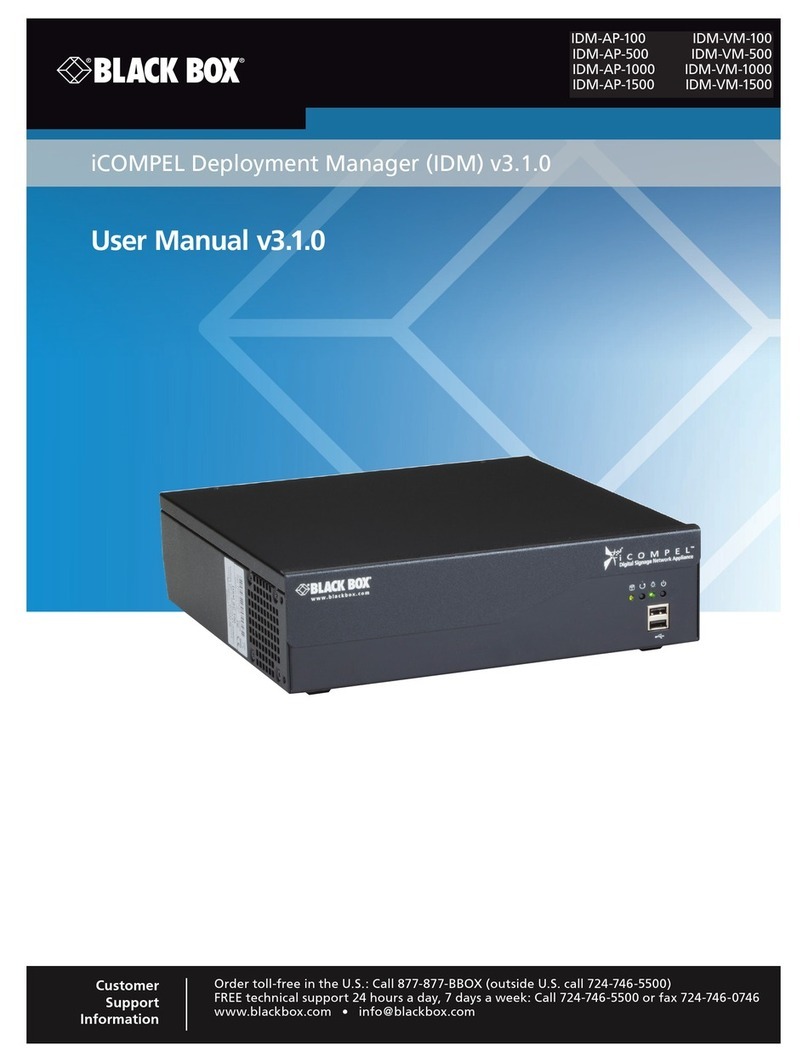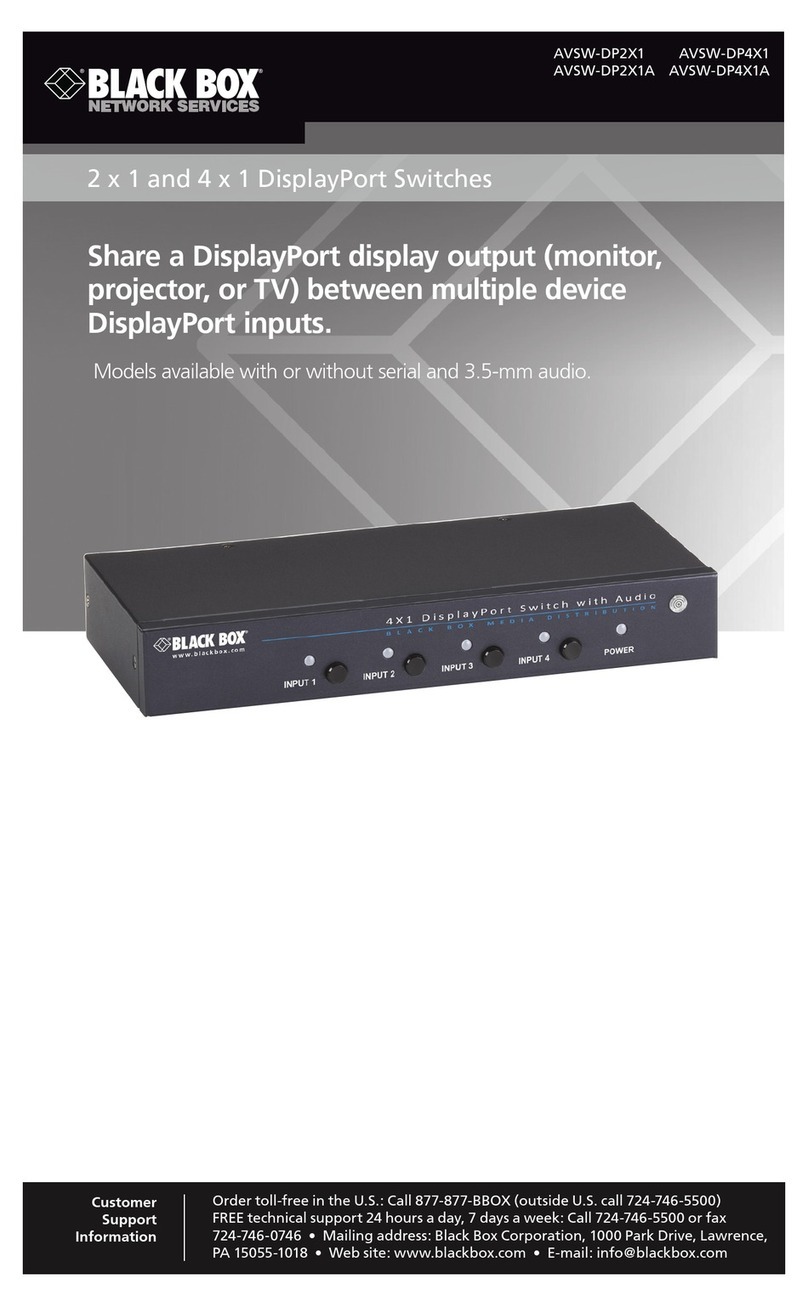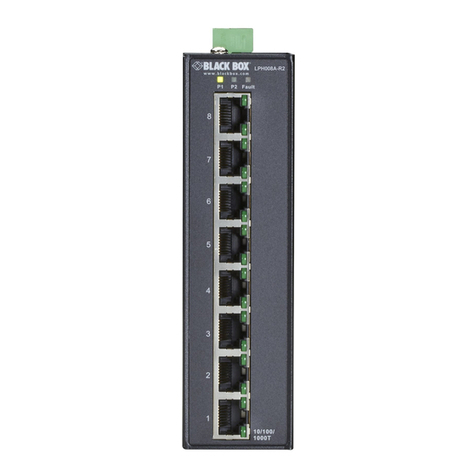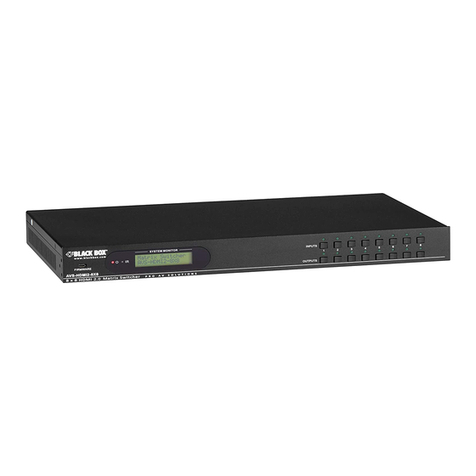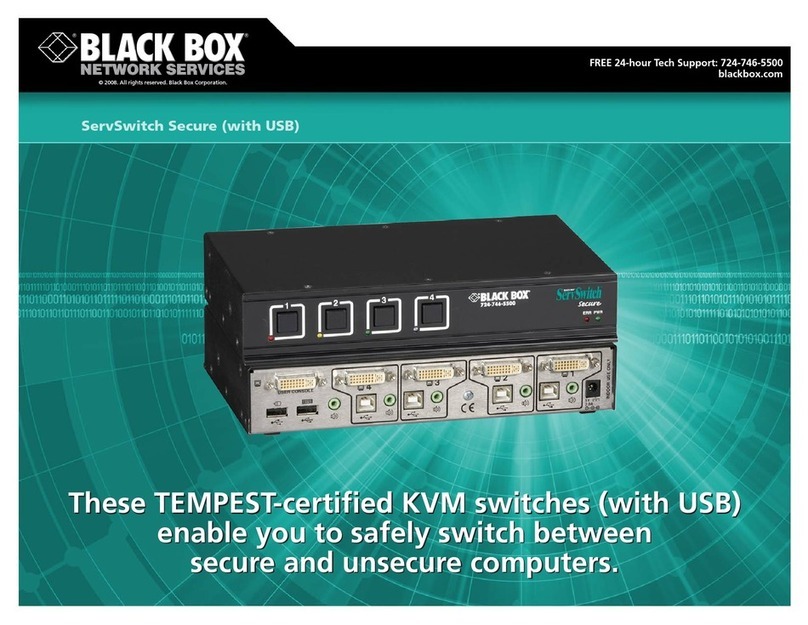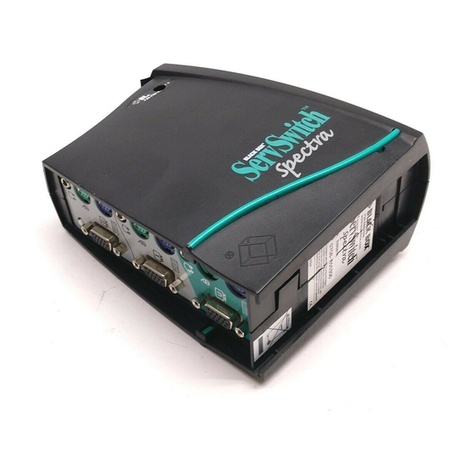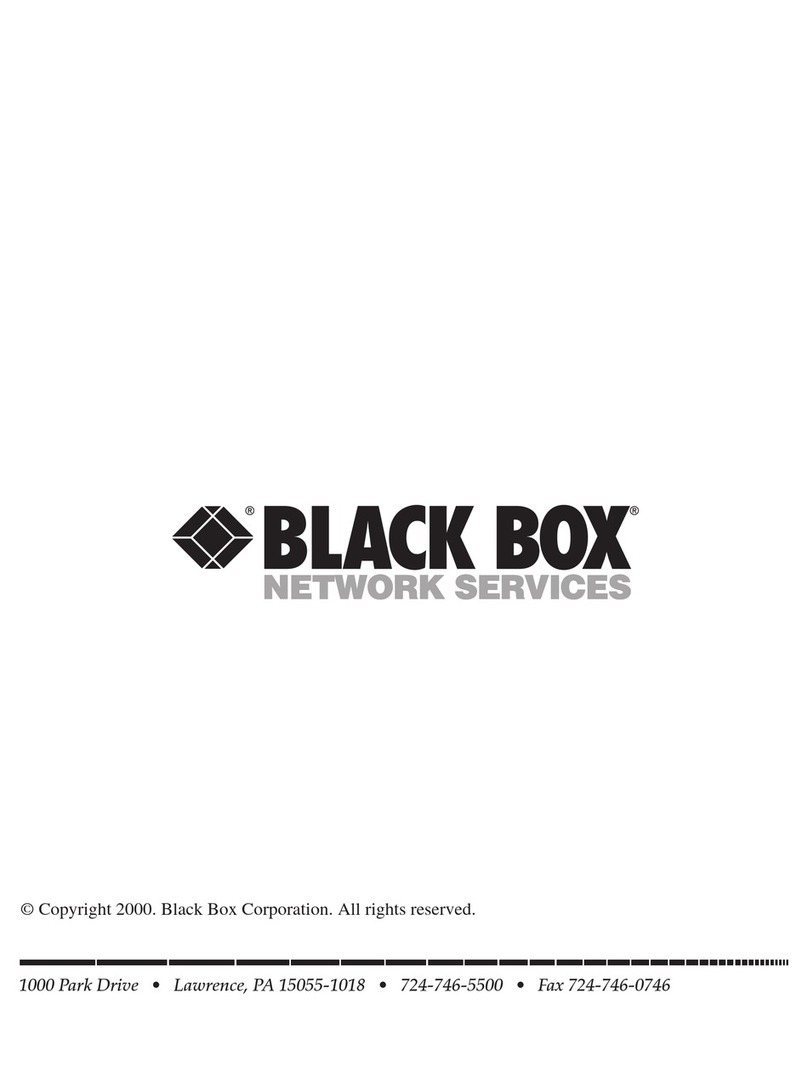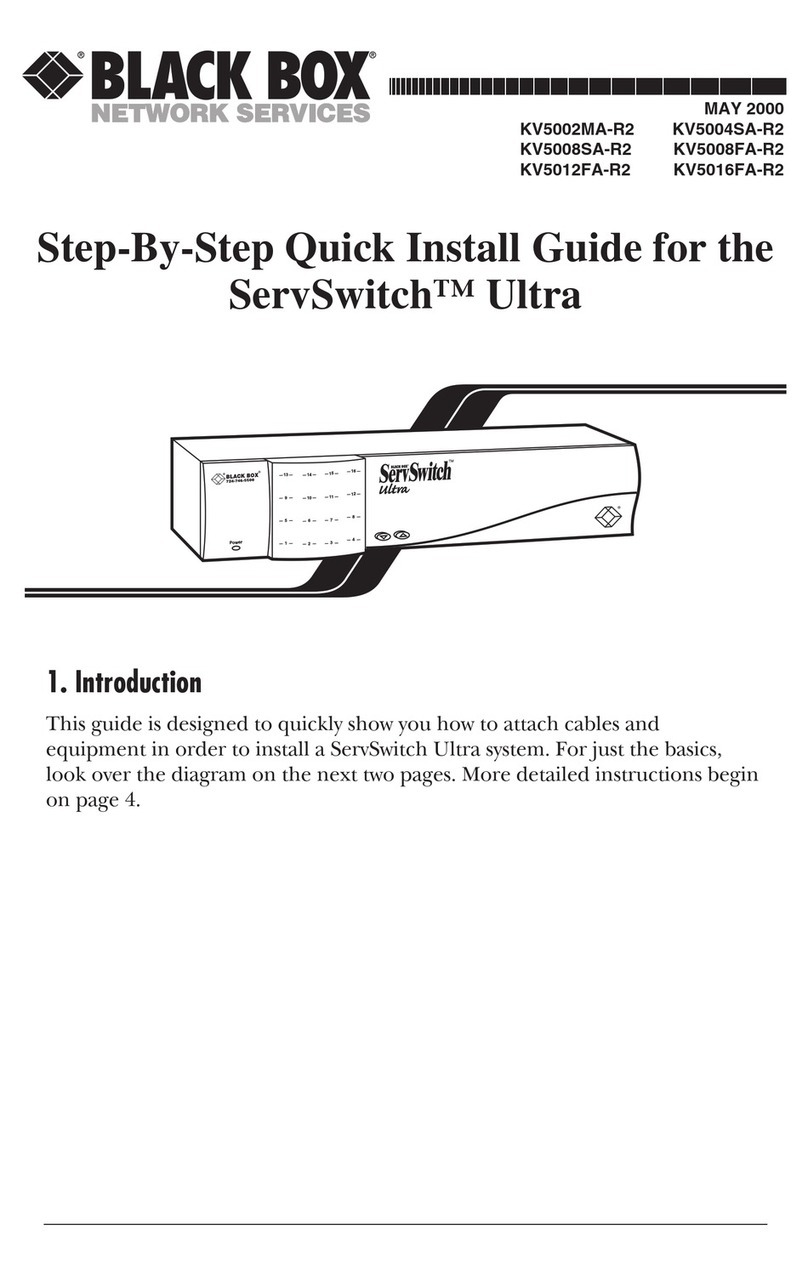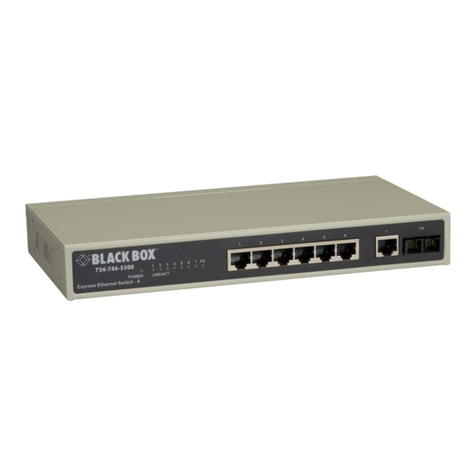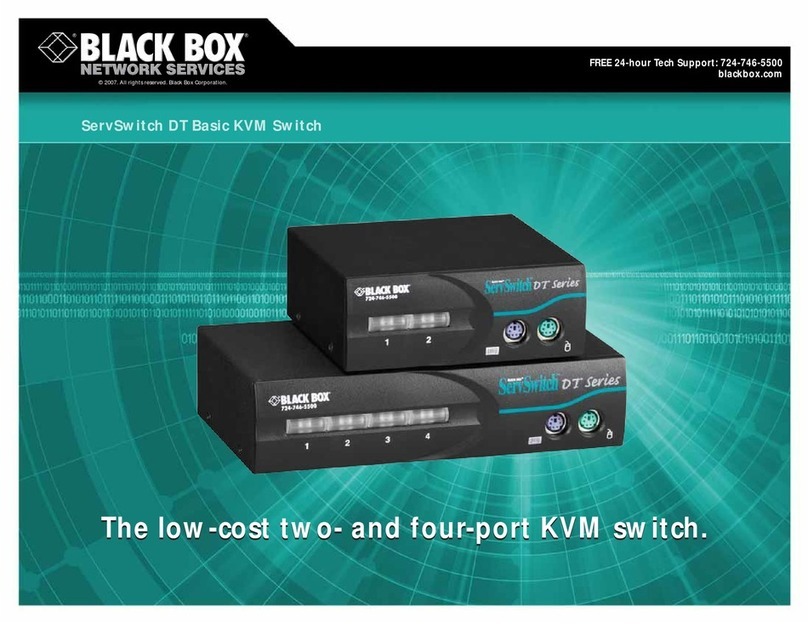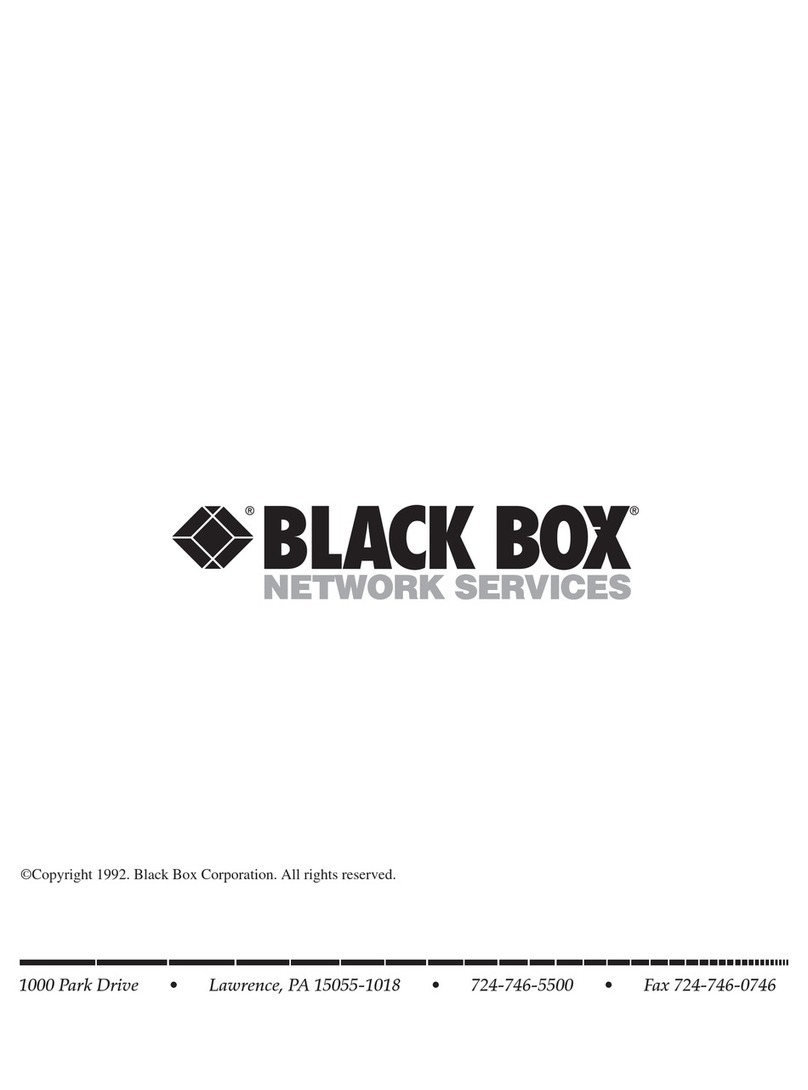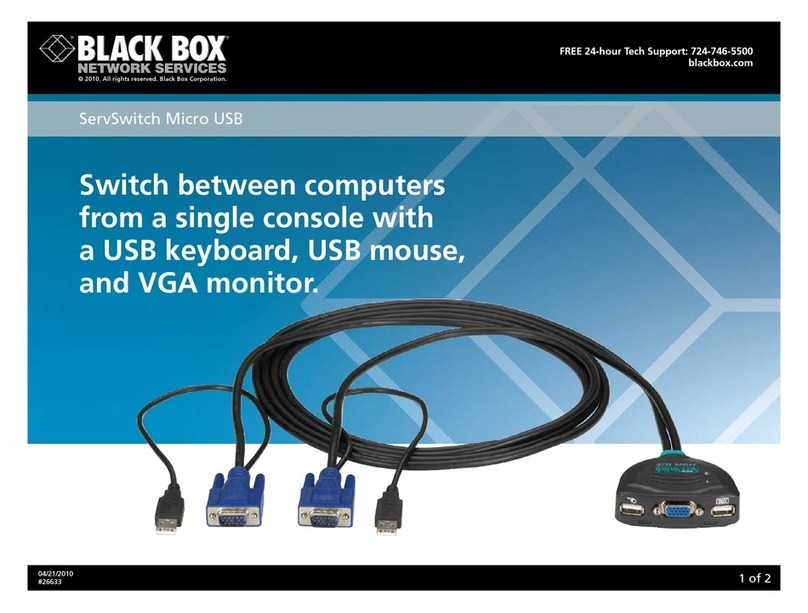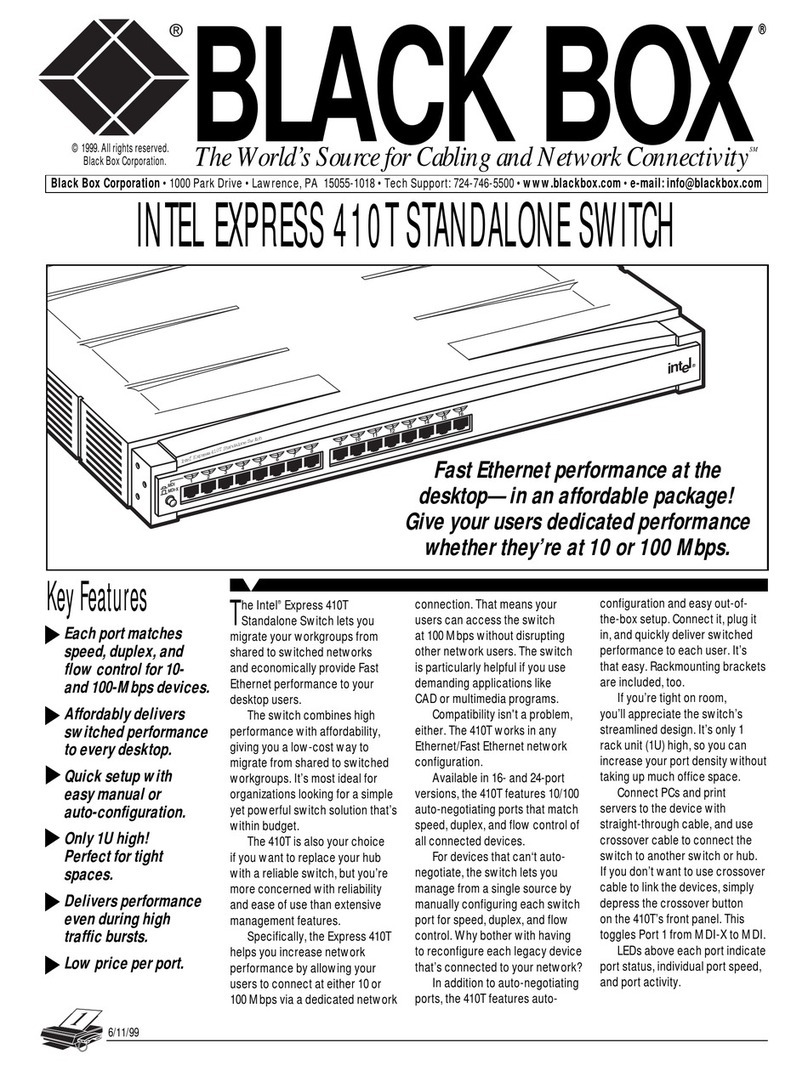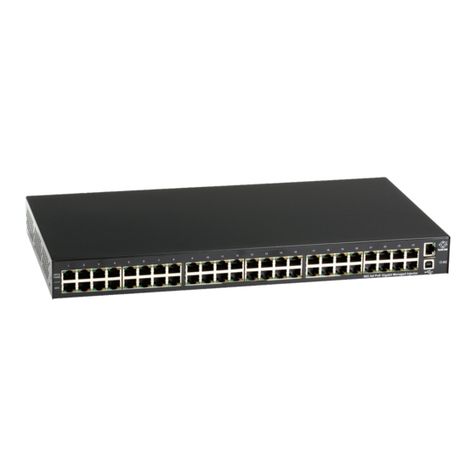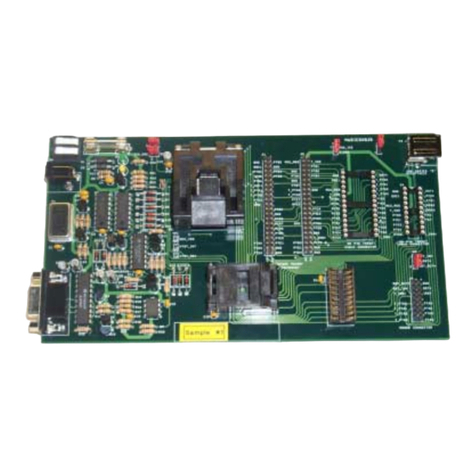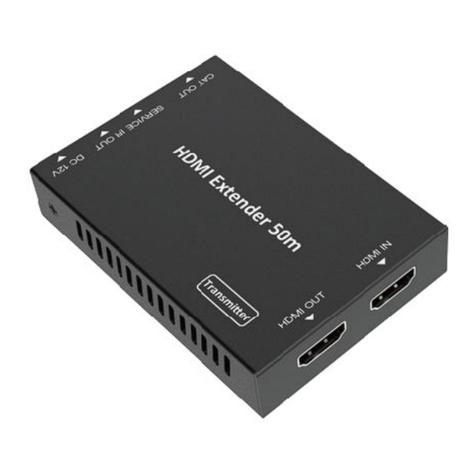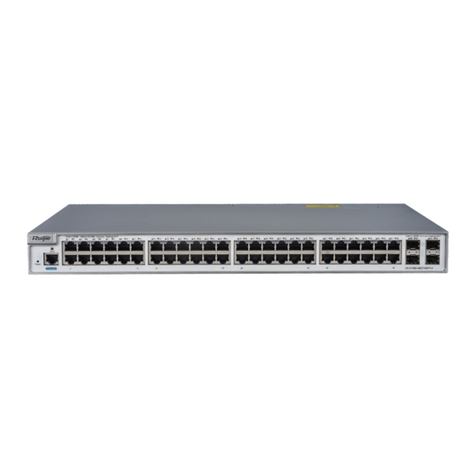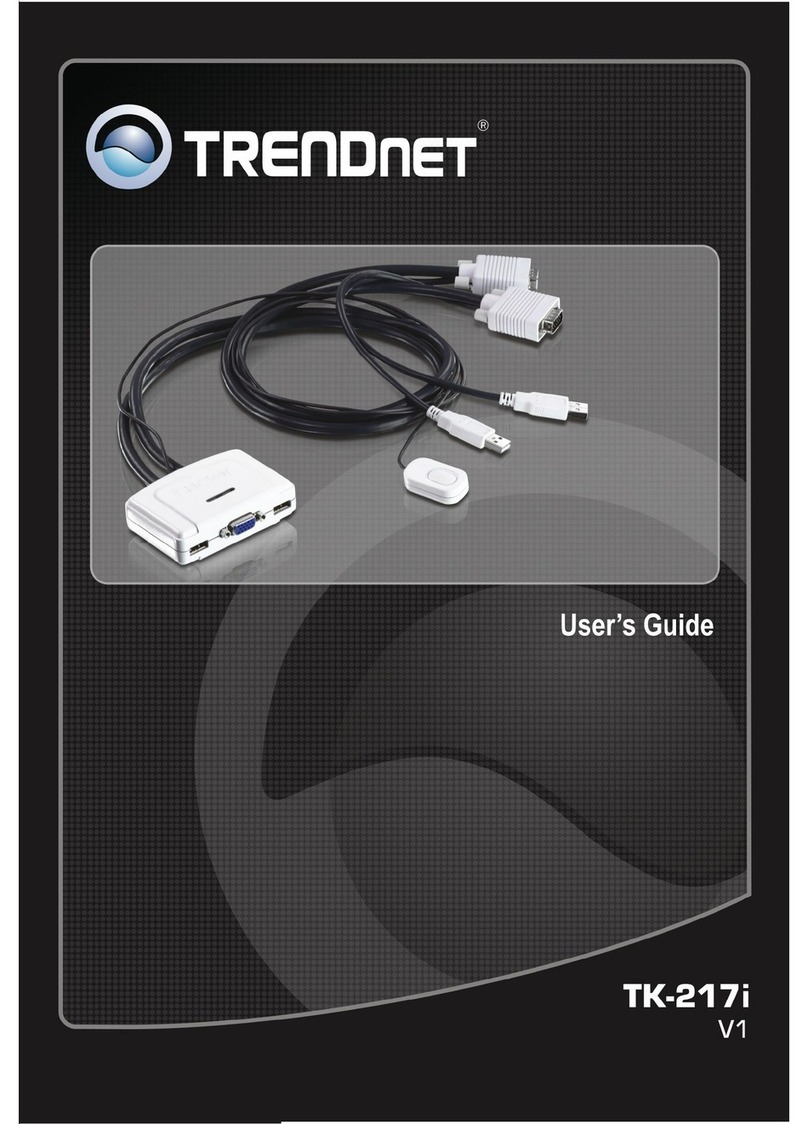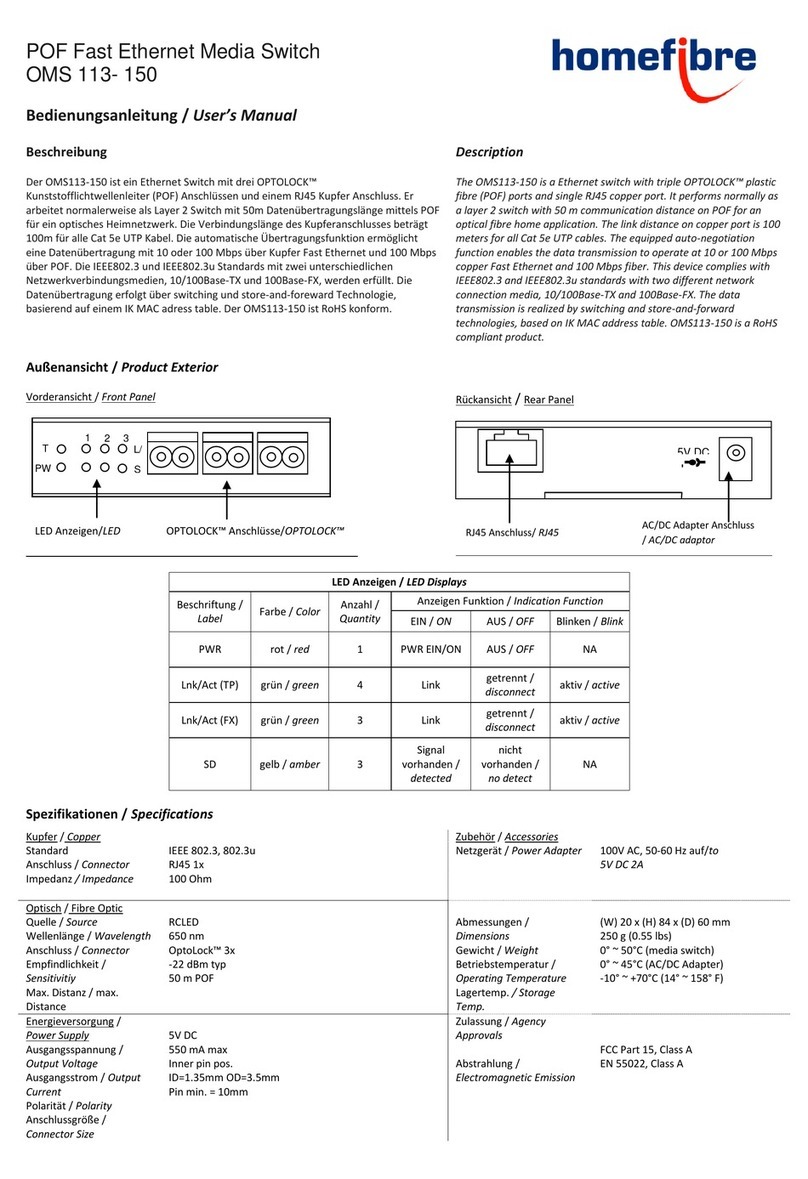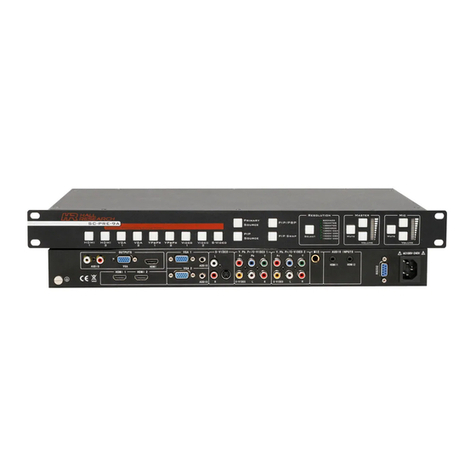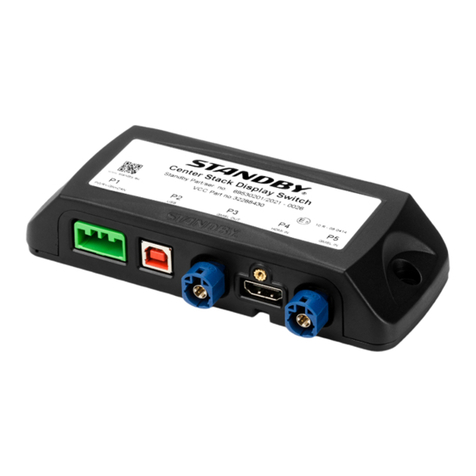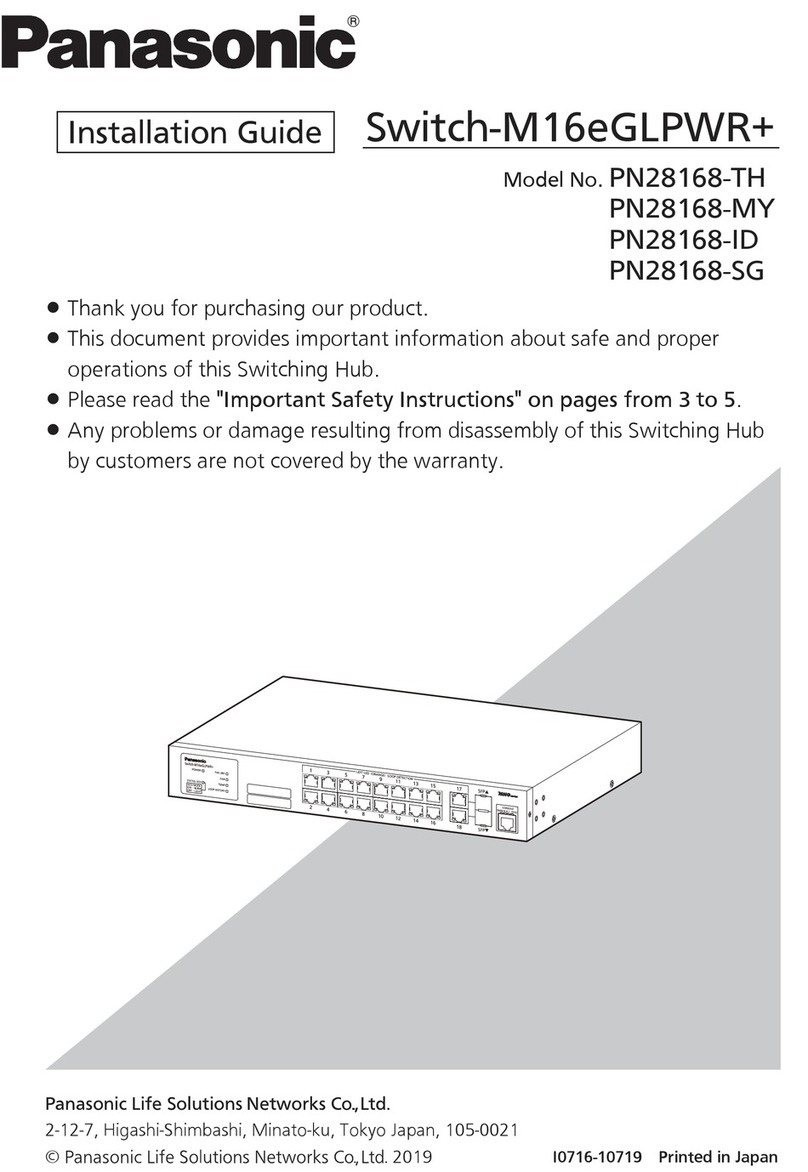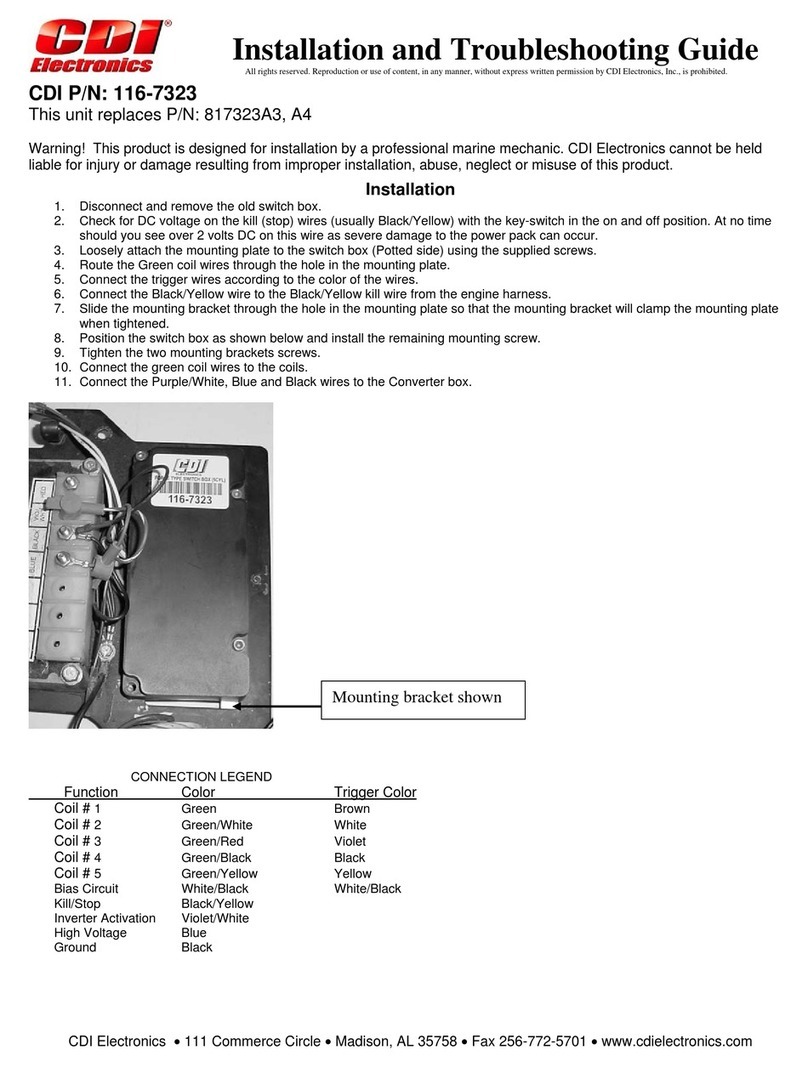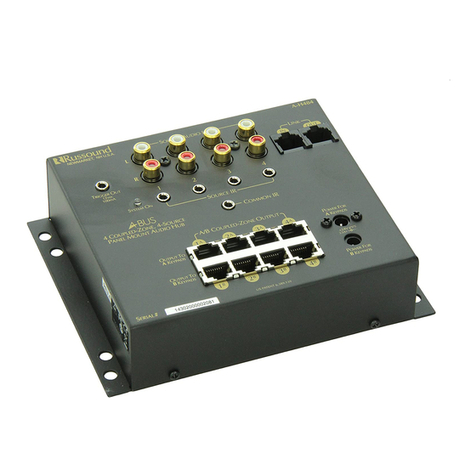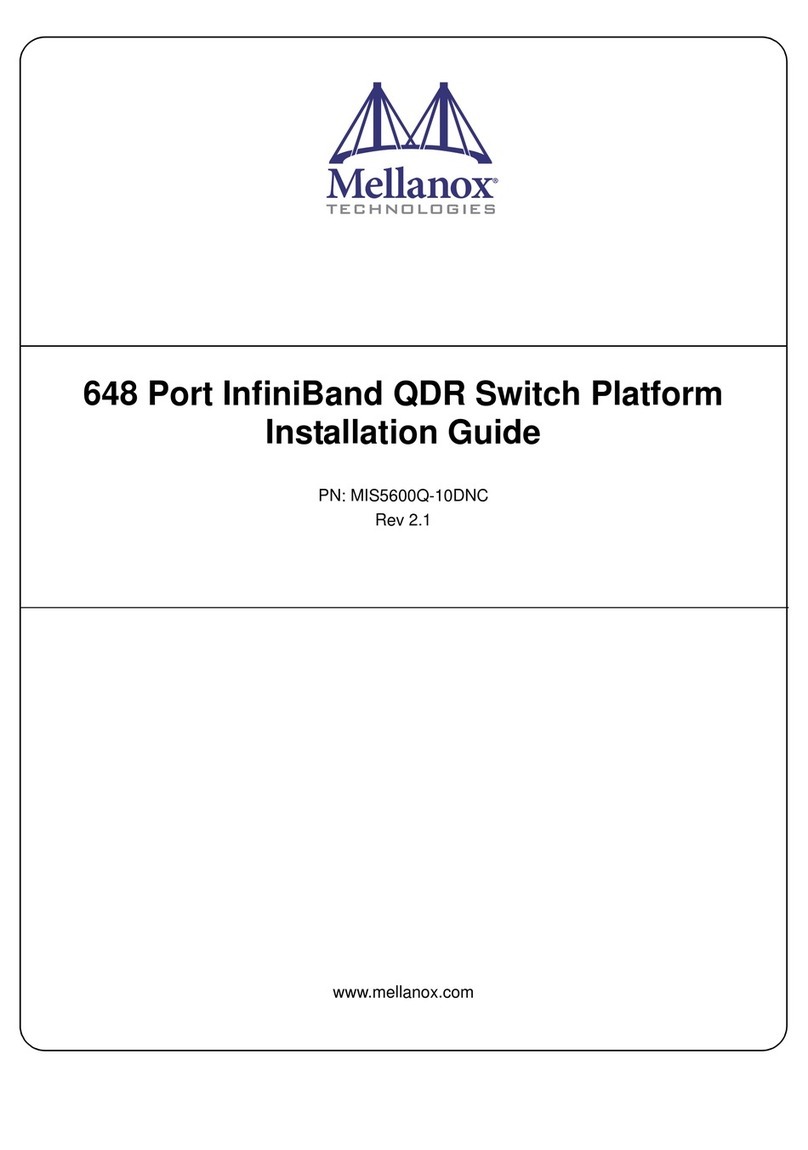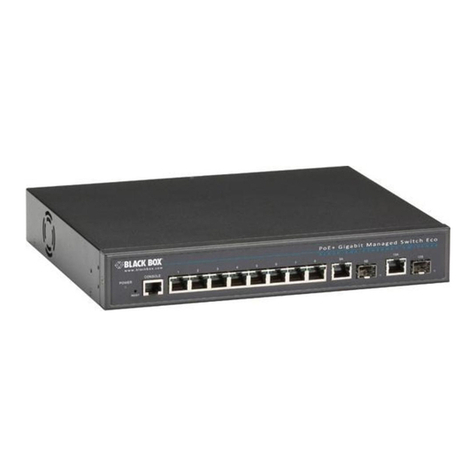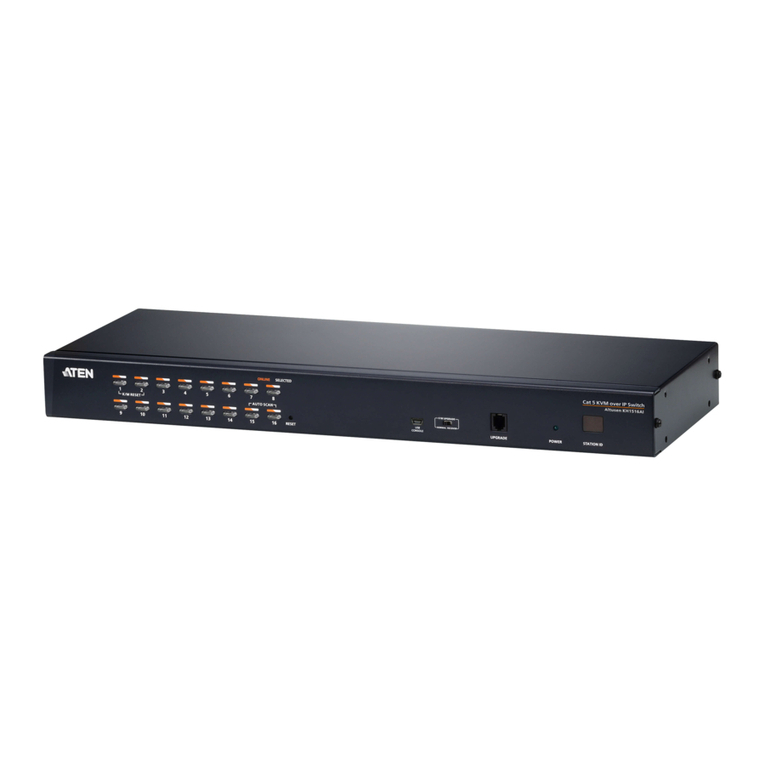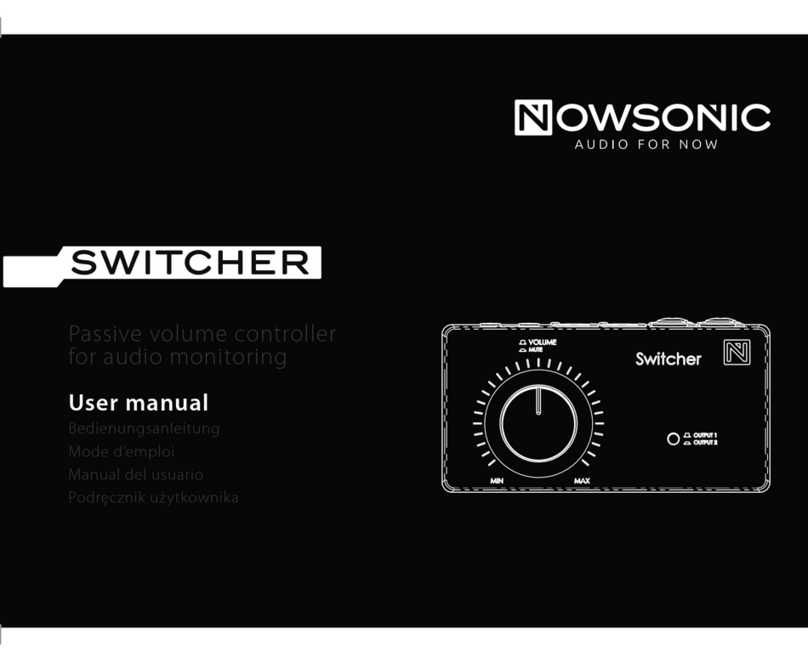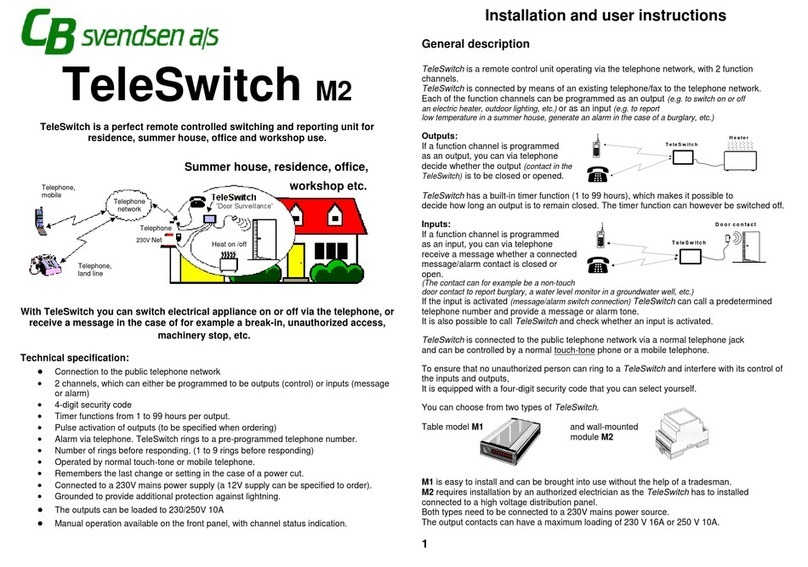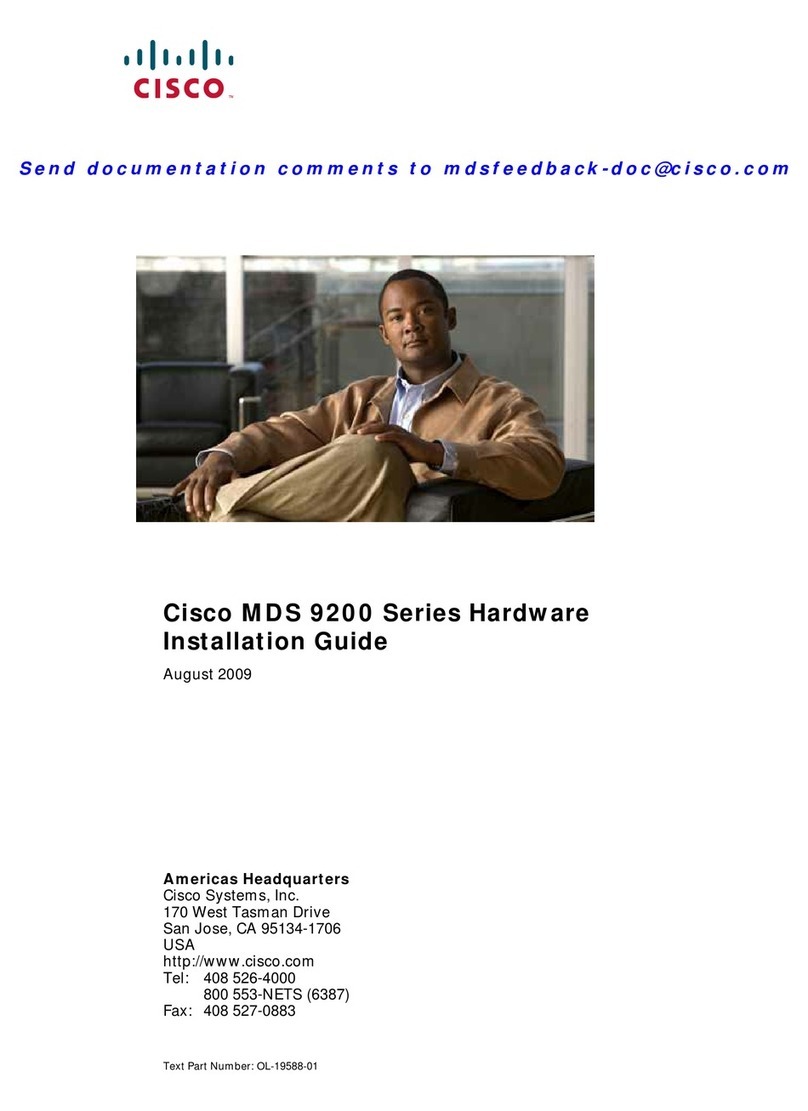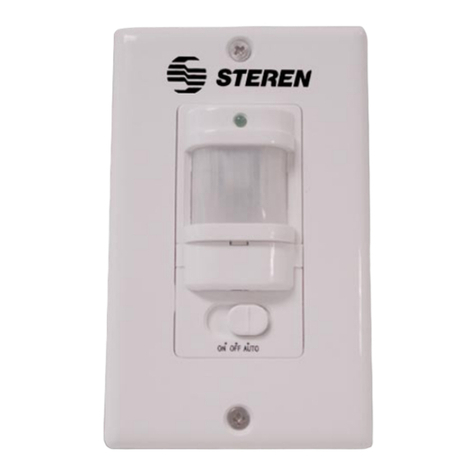TECH SPECS
Standards — IEEE 802.3x, IEEE 802.3u, IEEE 802.3af
CE Approval — Yes
Environmental — Operating temperature: 32 to 122°F (0 to 50°C);
Storage temperature: -13 to +158°F (-25 to +70°C);
Humidity: 5% to 90% noncondensing
Power — Inline PoE Power injector
Size — 1.6"H x 4.8"W x 7.3"D (4.1 x 12.2 x 18.5 cm)
Weight — 1.8 lb. (0.8 kg)
Item Code
PoE PD Switches
(5) 10/100BASE-T LPD100A
(4) 10/100BASE-T plus (1) SFP Slot LPD101A
(3) 10/100BASE-T plus
(1) 100BASE-SX, Multimode, 850-nm
300 m, ST LPD102A
300 m, SC LPD103A
(3) 10/100BASE-T plus (1) 100BASE-SX, Multimode, 1300-nm
2 km, ST®LPD104A
2 km, SC LPD105A
(3) 10/100BASE-T plus (1) 100BASE-SX, Single-Mode 1310-nm
40 km, ST LPD106A
40 km, SC LPD107A
80 km, ST LPD108A
80 km, SC LPD109A
100 km, SC LPD110A
(3) 10/100BASE-T plus
(1) Single-Strand 100BASE-FX, Single-Mode
20 km, SC (Order one of each.)
1310-nm TX/1550-nm RX LPD111A
1550-nm TX/1310-nm RX LPD112A
40 km, SC (Order one of each.)
1310-nm TX/1550-nm RX LPD113A
1550-nm TX/1310-nm RX LPD114A
60 km, SC (Order one of each.)
1310-nm TX/1550-nm RX LPD115A
1550-nm TX/1310-nm RX LPD116A
The seemingly universal network connection, twisted-pair
Ethernet cable, has another role to play, providing electrical
power to low-wattage electrical devices. Power over Ethernet
(PoE) was ratified by the Institute of Electrical and Electronic
Engineers (IEEE) in June 2000 as the 802.3af-2003 standard.
It defines the specifications for low-level power delivery—
roughly 13 watts at 48 VDC—over twisted-pair Ethernet cable
to PoE-enabled devices such as IP telephones, wireless access
points, Web cameras, and audio speakers.
The way it works is simple. Ethernet cable that meets CAT5
(or better) standards consists of four twisted pairs of cable,
and PoE sends power over these pairs to PoE-enabled devices.
In one method, two wire pairs are used to transmit data, and
the remaining two pairs are used for power. In the other
method, power and data are sent over the same pair.
When the same pair is used for both power and data, the
power and data transmissions don’t interfere with each other.
Because electricity and data function at opposite ends of the
frequency spectrum, they can travel over the same cable.
Electricity has a low frequency of 60 Hz or less, and data
transmissions have frequencies that can range from 10 million
to 100 million Hz.
There are two types of devices involved in PoE configura-
tions: Power Sourcing Equipment (PSE) and Powered Devices
(PD).
PSEs, which include end-span and mid-span devices,
provide power to PDs over the Ethernet cable. An end-span
device is often a PoE-enabled network switch that’s designed
to supply power directly to the cable from each port. The
setup would look something like this:
A mid-span device is inserted between a non-PoE device
and the network, and it supplies power from that juncture.
Here is a rough schematic of that setup:
Power injectors, a third type of PSE, supply power to a
specific point on the network while the other network
segments remain without power.
PDs are pieces of equipment like switches, surveillance
cameras, sensors, wireless access points, and any other
devices that operate on PoE.
Technically Speaking
LPD101A
TYPICAL APPLICATIONS
• Use one set of twisted-pair wires for both data and power.
• Save money by eliminating the need to run electrical
wiring.
• Quickly set up a temporary workgroup.
• If your LAN is protected from power failure by a UPS, the
PoE PD Switches connected to your LAN are also protected
from power failure.
• Use the switch increase the range of your copper network
by enabling you to add up to another 100 meters of UTP
cabling.
